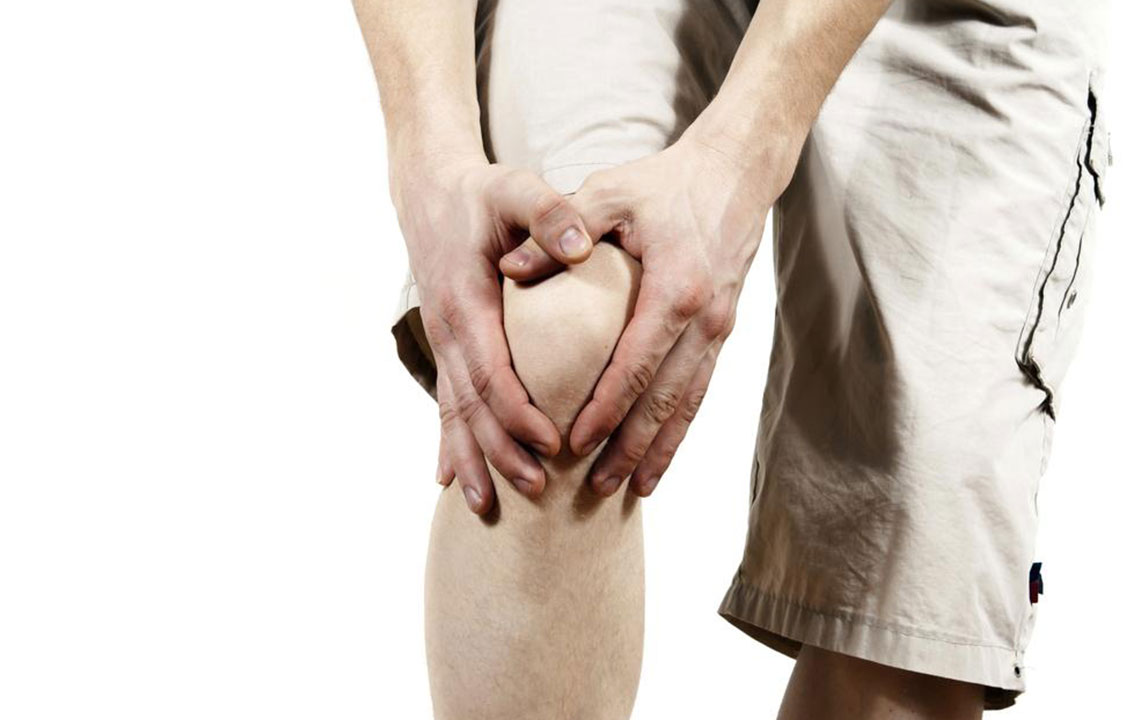Knee Pain and Its Replacement by Various Treatments
Knee pain is a common problem that arises in knee joints, kneecap, ligaments, and cartilage of the knee. It is a common complaint faced by people of all age groups most of which is the result of an injury. It is one of the most common problems faced by the aged patients above 50 years of age. Knee pain is evident in people who are overweight or mostly due to wear and tear of the joints of the leg. Medical conditions associated with knee pain include arthritis, gout, and infections, etc. It is a prolonged pain, swelling, or sensitivity in one or both knees, the cause of which can be experienced by the symptoms we experience.

Different types of treatment for knee pain:
Treatment of the knee depends on the cause underlying the same. Knee pain is complex, and many treatments involved are medications, therapies, mind-body techniques, healthy lifestyle and balanced diet, etc.
A) Exercise can be useful for chronic knee pain like arthritis because it strengthens the muscles that support them and it also reduces the risk of knee injury and knee surgery will make its recovery easier. It also helps to reduce the risk of knee osteoarthritis and its progression thereby reducing the pain.
B) Ice packs and heating pads are most commonly used treatments for knee pain as it helps to relieve the pain and relaxes the muscles.
C) Physical therapy is also useful for knee pain as it provides increased mobility, strength and overall builds our stamina to carry out daily chores.
D) Anti-inflammatory drugs are used to ease pain and inflammation of arthritis, osteoporosis and various injuries. These drugs target pain and swelling caused without suppressing the immune system. Various drugs involved are corticosteroids, anti-rheumatic drugs, analgesics etc.
E) Knee pain is relieved by the use of injections when oral medicines do not show any effect or improvement. Injections are administered weekly depending on the pain involved and are given directly in the knee for quick relief. The repeated dose of injections can lead to cartilage breakdown but lack most of the side effects if administered properly. They are used to remove excess fluid from our knee to ease pain and swelling. The effect of injection can last for days or few months depending on its dosage. Corticosteroids and hyaluronic acid supplements are most commonly administered to overcome knee pain.
F) Knee replacement is one of the most common knee surgeries where the damaged knee is replaced by metal or plastic components. It is one of the last resorts for knee pain and is one of the most commonly replaced joint. Replacement is done when the pain is not bearable and impacts our other functions.
G) Osteotomy is one of the surgical procedures where the bone is cut to change its alignment. Here, the surgeon shortens the bones and hence the weight on the damaged knee is significantly reduced and is lesser known.
H) Knee surgery can be performed with minimal invasion through small incisions in the knee skin. This surgery is known as Arthroscopy, and it helps to remove the damaged lining of the joint and torn pieces of cartilage.
Medicine is an ever-changing science, and it applies to orthopedic care as well. Many new technologies are developed to treat knee pain and injuries. Many surgeons are practicing new treatment options like cartilage resurfacing and regeneration to prevent or delay the period of knee replacement. Arthritis is a chronic degenerative condition and disability with severe knee pain that can eventually require surgery. Doctors diagnose knee problems using x-rays, microscopic examination, and a physical evaluation depending on pain level, knee flexibility, mobility, elasticity, plasticity, and functions performed.

